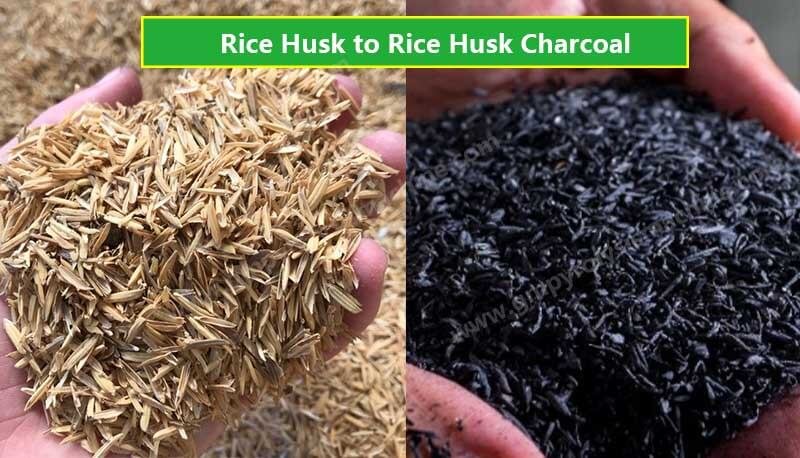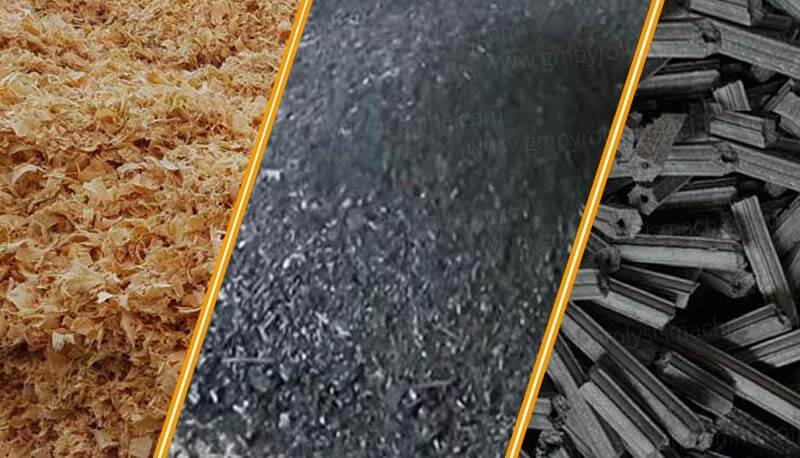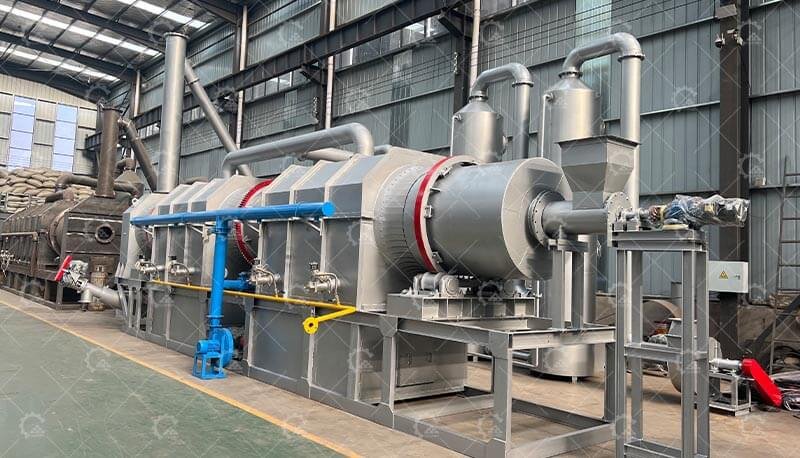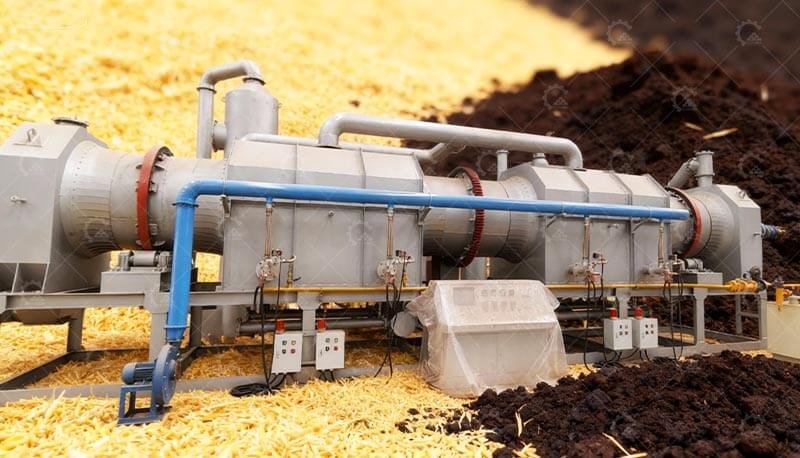Ever wondered what happens to the massive amounts of rice husks left after harvest? The process of carbonization of rice husks offers a brilliant, sustainable solution, transforming this agricultural waste into valuable high-quality rice husk biochar and a potent renewable energy source. For businesses globally seeking eco-friendly materials and fuels, understanding how rice husk carbonization works is key.
What Exactly is Rice Husk Carbonization?
Simply put, carbonization is heating organic material (like rice husks) in an environment with limited oxygen. This controlled thermal decomposition, called pyrolysis, drives off volatile compounds and moisture, leaving behind carbon-rich solids. For rice husks, this means converting lightweight, low-value husks into dense, energy-rich rice husk charcoal (biochar) or rice husk carbon.
The Detailed Process: From Waste to Resource
1. Preparation & Drying
Fresh rice husks contain significant moisture. Efficient rice husk carbonization begins with thorough drying, typically using waste heat from the process itself, to reduce moisture content below 15%. This maximizes energy efficiency and final product yield. Pre-drying is crucial for optimal pyrolysis of rice husk biomass.
2. Pyrolysis (The Core Transformation)
The dried husks enter a specialized reactor – often a continuous carbonization furnace designed for high efficiency and consistent output. Here, temperatures are carefully controlled:
Pre-heating (Up to ~200°C): Removes residual moisture.
Devolatilization (200°C – 600°C): This is where the magic happens. In the absence of sufficient oxygen, complex organic molecules break down. Volatile gases (syngas – containing methane, hydrogen, carbon monoxide) are released, while the solid carbon structure strengthens. Precise temperature control during rice husk carbonization is vital – too low, and conversion is incomplete; too high, and excessive ash forms, reducing biochar quality. This stage produces the essential rice husk derived carbon.
3. Cooling & Stabilization
The hot carbonized material exits the reactor and undergoes controlled cooling. This step prevents spontaneous combustion and stabilizes the activated carbon precursor or biochar product. Efficient cooling systems are essential for safety and product integrity.
4. Byproduct Capture & Utilization
The volatile gases released aren’t wasted! They are captured and can be:
Recycled: Used as fuel to heat the reactor, creating a highly energy-efficient, self-sustaining carbonization process for rice husks.
Condensed: Converted into valuable liquid byproducts like rice husk bio-oil, usable in other industrial applications.
Syngas Utilization: The hot gas can also drive engines or turbines for electricity generation (rice husk syngas power).
5. Processing & Refinement (Optional)
Depending on the target application:
Grinding: The biochar/charcoal may be milled to specific particle sizes.
Activation: For applications like water filtration or as a soil amendment, the biochar can undergo steam or chemical activation to increase its surface area and porosity, creating highly effective activated carbon from rice husk.
Why Choose Carbonized Rice Husk Products?
Sustainable Waste Solution: Diverts agricultural waste from landfills/open burning.
High-Value Output: Creates rice husk biochar for soil improvement (boosting fertility, water retention, carbon sequestration) and rice husk carbon for industrial uses (steel production, water filtration, silicon extraction).
Renewable Energy: Provides a clean-burning sustainable solid fuel alternative to coal or firewood.
Economic Opportunity: Generates new revenue streams from waste material.
Unlock the Potential of Rice Husk Waste
The carbonization process of rice husks is more than just a technical procedure; it’s a gateway to sustainability and resource efficiency. By converting abundant rice husk waste into high-quality rice husk biochar, renewable energy, and valuable activated carbon precursors, this technology offers tangible environmental and economic benefits.
Ready to explore reliable sources of high-performance rice husk biochar or carbonization technology? Contact us today for specifications and quotes on premium carbonized rice husk products!







